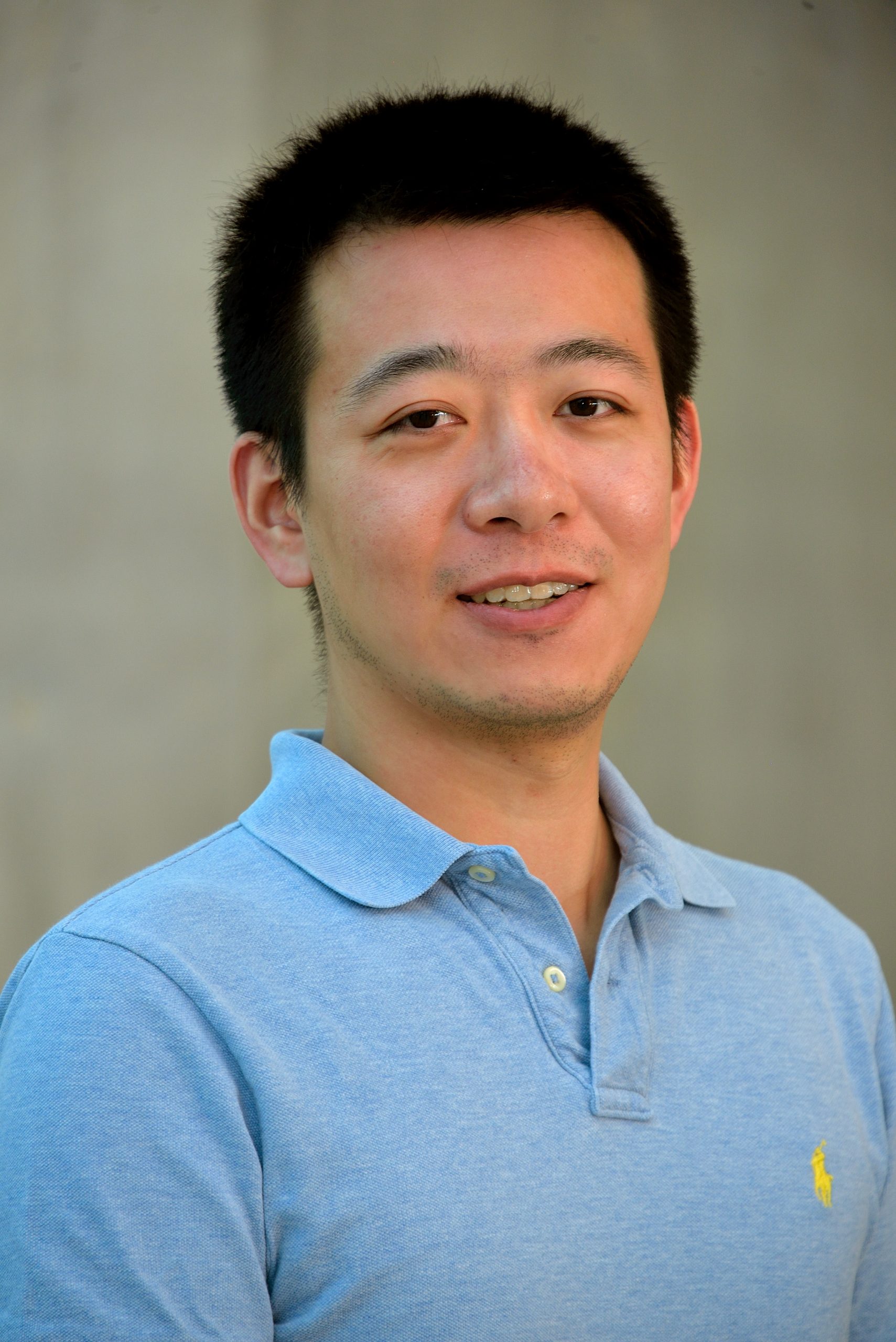
- This event has passed.
ESE PhD Thesis Defense: “Aluminum Scandium Nitride Ultra-Wideband Resonator and Filter Systems”
July 22, 2024 at 1:00 PM - 3:00 PM
Aluminum scandium nitride (AlScN), a ternary alloy by doping scandium into aluminum nitride (AlN), has circumspectly gained recognition through the last decade as one of the promised materials in forming the next generation radio frequency (RF) filters and resonators – core components in the wireless telecommunication systems that interconnect today’s world. This, coupled with the recent discovery of its ferroelectricity, has led to unexpected possibilities and prospects. Woefully, while Sc-alloying has gifted AlScN remarkable properties, it took great effort to make these properties come into realization. Namely, AlScN is difficult to deposit, hard to etch, and arduous to be made useful. In this dissertation, techniques and methodologies were developed to handle these specific challenges, and approaches for new actuation principles were proposed and validated. Utilizing an AlN seed and a gradient AlScN seed layer, the sputtering deposition of high quality AlScN films on commercial substrates was demonstrated. Through exploring the wet and dry etching methods, a variety of etching rates, selectivity and sidewall profile were calibrated and therefore made selectable. Via the implementation of an AlN buffer layer, a surface acoustic wave (SAW) resonator built directly on a low-cost silicon substrate with a high electromechanical coupling coefficient (kt2) is shown. Furthermore, by adopting and adapting a method known as apodization, Lamb wave resonators (LWRs) and filters with record-breaking figure of merits (FOM) exhibiting spurious free operation characteristics were achieved. Second harmonic generation (SHG), a powerful tool in laser optics for the purpose of frequency doubling was examined and the ability of periodic poling to a domain width as small as 220 nm with tailored 50 % duty cycle has been attained, allowing quasi phase matching (QPM) for the generation of deep ultraviolet (DUV) in photonic integrated circuits. Finally, by leveraging this ability, a brand-new actuation mechanism for periodically poled LWR (PPLWR) was introduced and investigated. Acoustic resonances were realized at all target frequencies, with the highest one providing double-digit kt2 when working in the cross-sectional Lamé mode. With all roadblocks removed, such devices working in the X-band or above have great potential of serving the goal of frequency selection in the coming 6 G era.

Zichen Tang
ESE Ph.D. Candidate
Zichen is a PhD student in Electrical and Systems Engineering at the University of Pennsylvania advised by Dr. Troy Olsson. He received his B.E. degree in Optoelectronic Information Engineering from the University of Shanghai for Science and Technology in 2014 and M.S.E. degree in Electrical Engineering from the University of Pennsylvania in 2016. Between 2016 and 2018 he was a staff engineer in the High Energy Physics (HEP) Experimental Group at the School of Arts & Sciences. He joined the Olsson Group in Fall 2018 when the lab started, where his research focuses on resonator and filter systems based on the novel ferroelectric material – aluminum scandium nitride.
